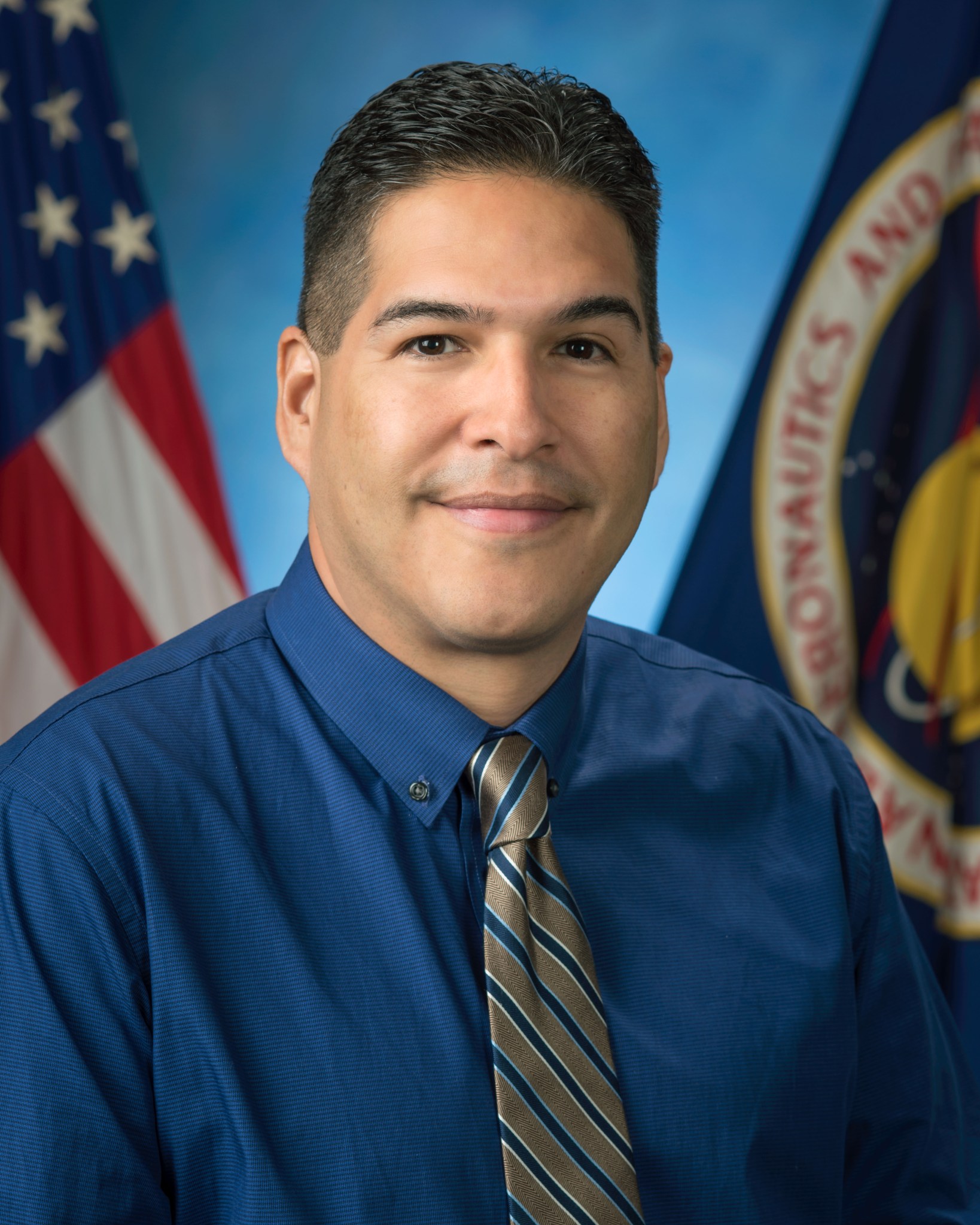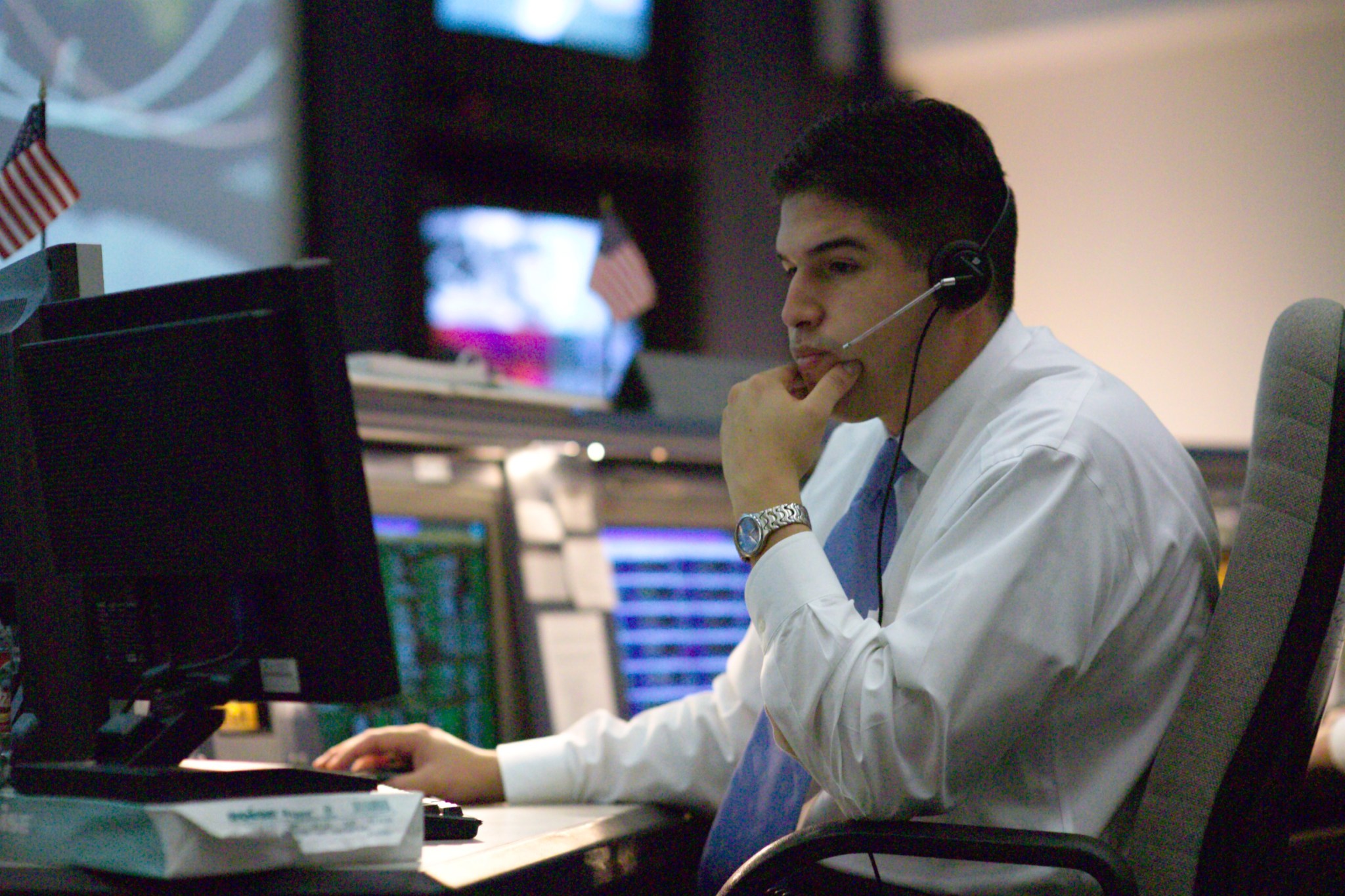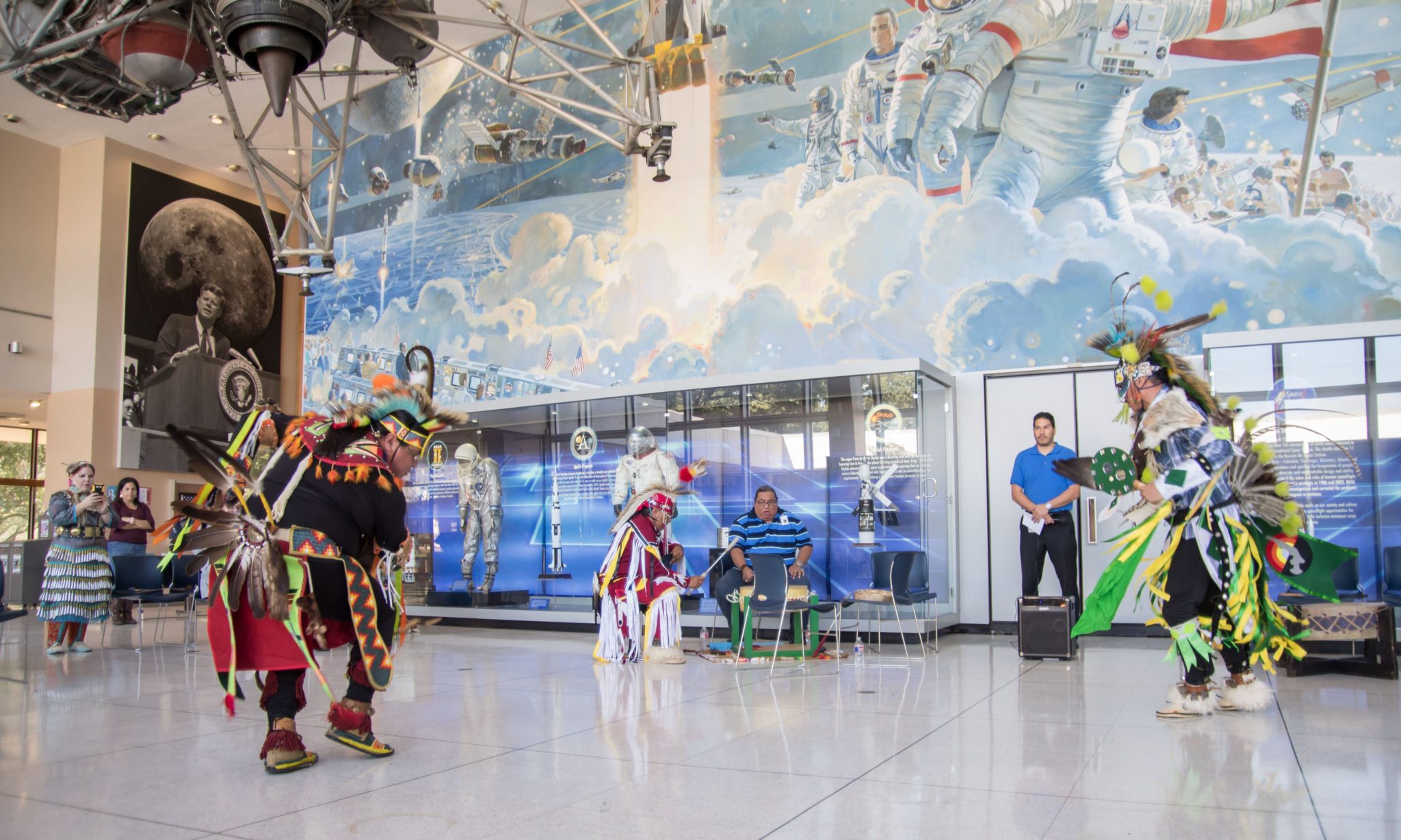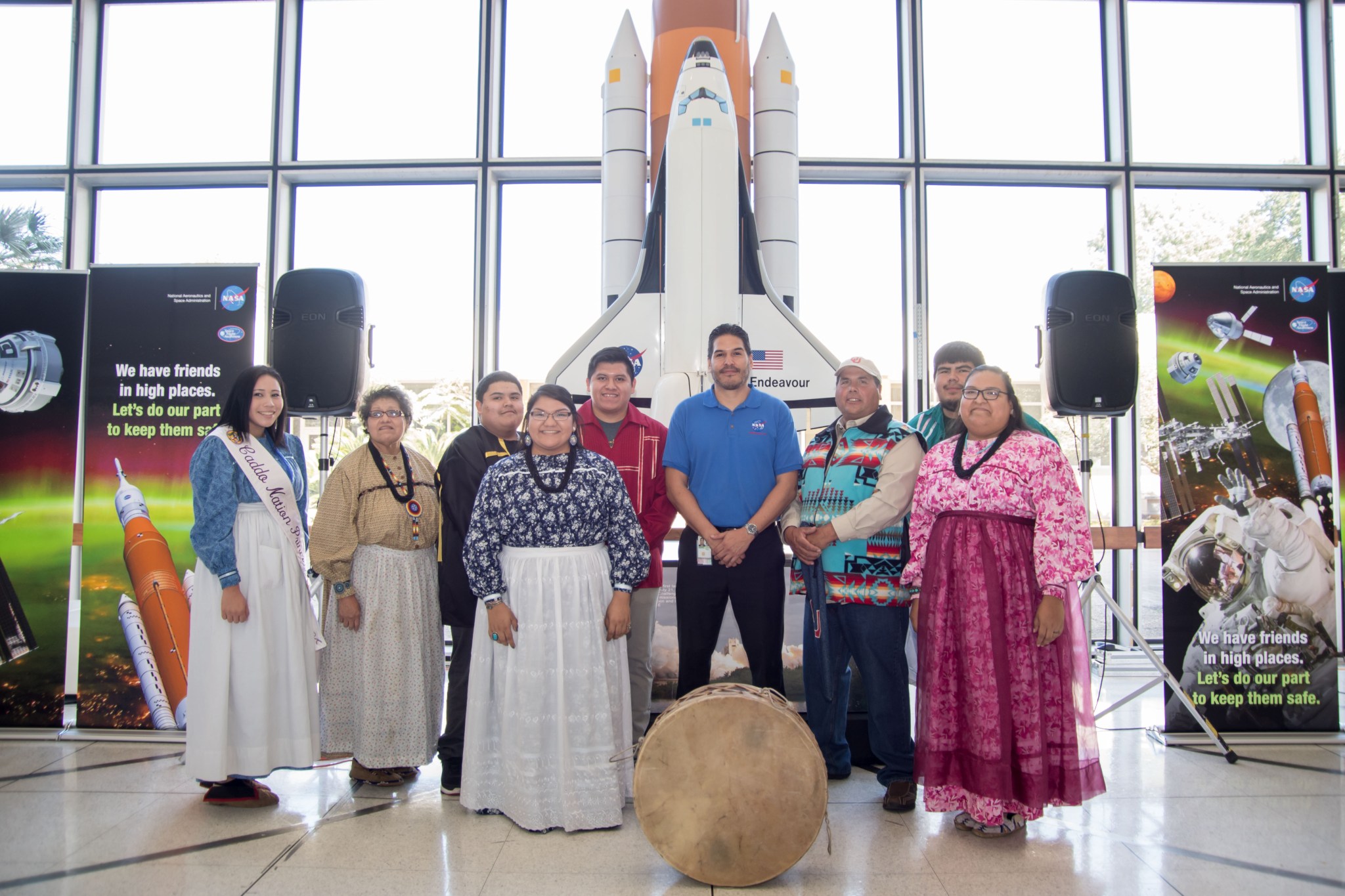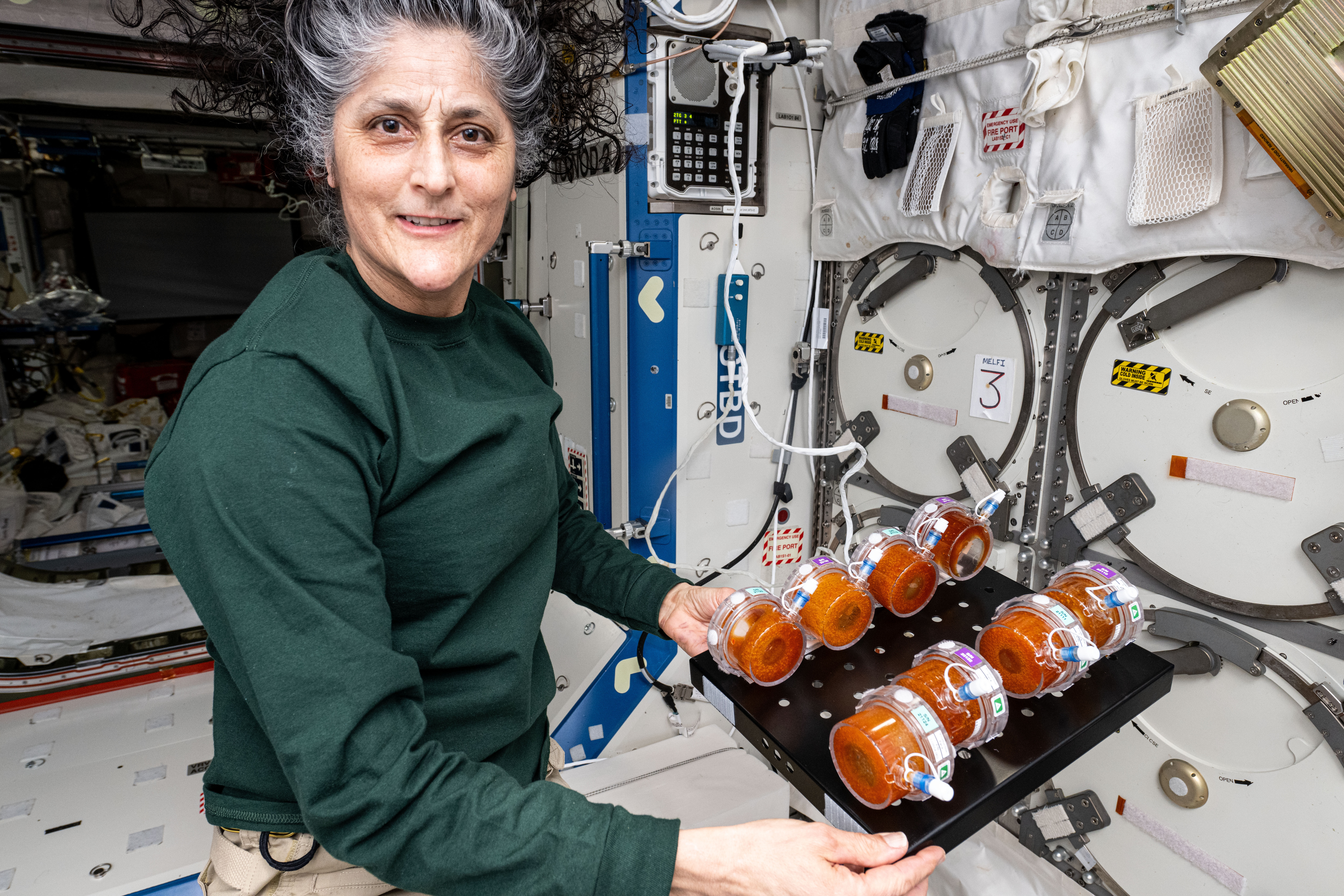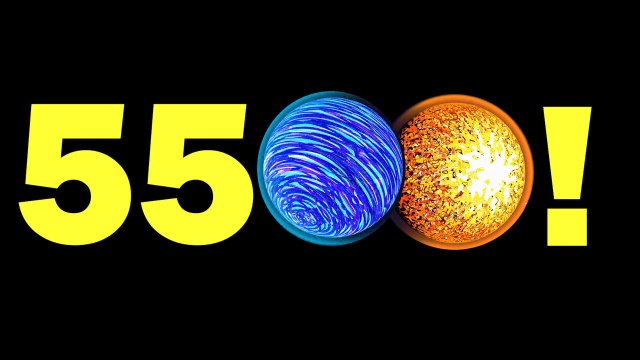Beyond the Console: Kenneth Attocknie’s Mission to Bridge Cultures at NASA
From the Mission Control Center to community celebrations, Kenneth Attocknie blends safety expertise with a commitment to cultural connection. For the past 25 years at NASA, Attocknie has dedicated his career to safeguarding the International Space Station and supporting real-time mission operations at Johnson Space Center in Houston. As a principal safety engineer in the […]

From the Mission Control Center to community celebrations, Kenneth Attocknie blends safety expertise with a commitment to cultural connection.
For the past 25 years at NASA, Attocknie has dedicated his career to safeguarding the International Space Station and supporting real-time mission operations at Johnson Space Center in Houston.
As a principal safety engineer in the Safety and Mission Assurance Directorate, Attocknie ensures the safe operation of the space station’s environmental control and life support system. This system is vital for maintaining the life-sustaining environment aboard the orbiting laboratory— a critical foundation for similar systems planned for future Artemis missions.
As a contractor with SAIC, Attocknie has served as a flight controller, astronaut crew office engineer, and astronaut crew instructor. He joined NASA just as the first two modules of the space station, Zarya and Unity, connected in space on Dec. 6, 1998.
“I’ve supported the space station ever since and have been blessed to witness the remarkable progression of this amazing orbiting experiment,” he said. “I feel I have found a way to contribute positively to NASA’s mission: to improve life for all people on our planet.”
He also contributed to closing out the Space Shuttle Program and worked in system safety for the Constellation program.
As part of SAIC’s Employee Resource Group, Attocknie supports the Mathematics, Engineering, Science Achievement project, which uses project-based learning to inspire high school students from underrepresented communities to pursue careers in science, technology, engineering, and mathematics. He continues to advocate for Native Americans as a member of the American Indian Science and Engineering Society, helping NASA engage with college students across Indian Country.
Attocknie strives to contribute to a space exploration legacy that uplifts and unites cultures, paving the way for a future in human spaceflight that honors and empowers all.
A member of the Comanche and Caddo tribes of Oklahoma, he has made it his mission to create a cross-cultural exchange between NASA and Native communities to provide opportunities for Natives to visit Johnson.
One of his proudest moments was organizing a Native American Heritage Month event with NASA’s Equal Opportunity and Diversity Office. The celebration brought together Native dancers and singers from Oklahoma and Texas to honor their heritage at Johnson.
“Seeing the Johnson community rally around this event was amazing,” said Attocknie. “It was a profound experience to share and celebrate my culture here.”
Overcoming challenges and setbacks has been part of his NASA experience as well. “Finding and achieving my purpose is always an ongoing journey,” he said. “Accepting what might seem like a regression is the first step of growth. There’s always a lesson to be found, and every disappointment can fuel a new ambition and direction. Ride the waves, be humble, learn lessons, and above all, always keep going.”
He believes that NASA’s mission is deeply connected to diversity and inclusion. “You can’t truly benefit humankind if you don’t represent humankind,” said Attocknie. “The status quo may feel comfortable, but it leads to stagnation and is the antithesis of innovation.”
Attocknie’s hope for the Artemis Generation? “A healthier planet, society, and the desire to pass on lessons of stewardship for our environment. All life is precious.”
He sees NASA as a gateway to a brighter future: “NASA can truly harness its influence to be an example for our planet, not only in the new heavenly bodies we journey to but also in the new human spirits we touch.”
What's Your Reaction?



















.jpg?#)























